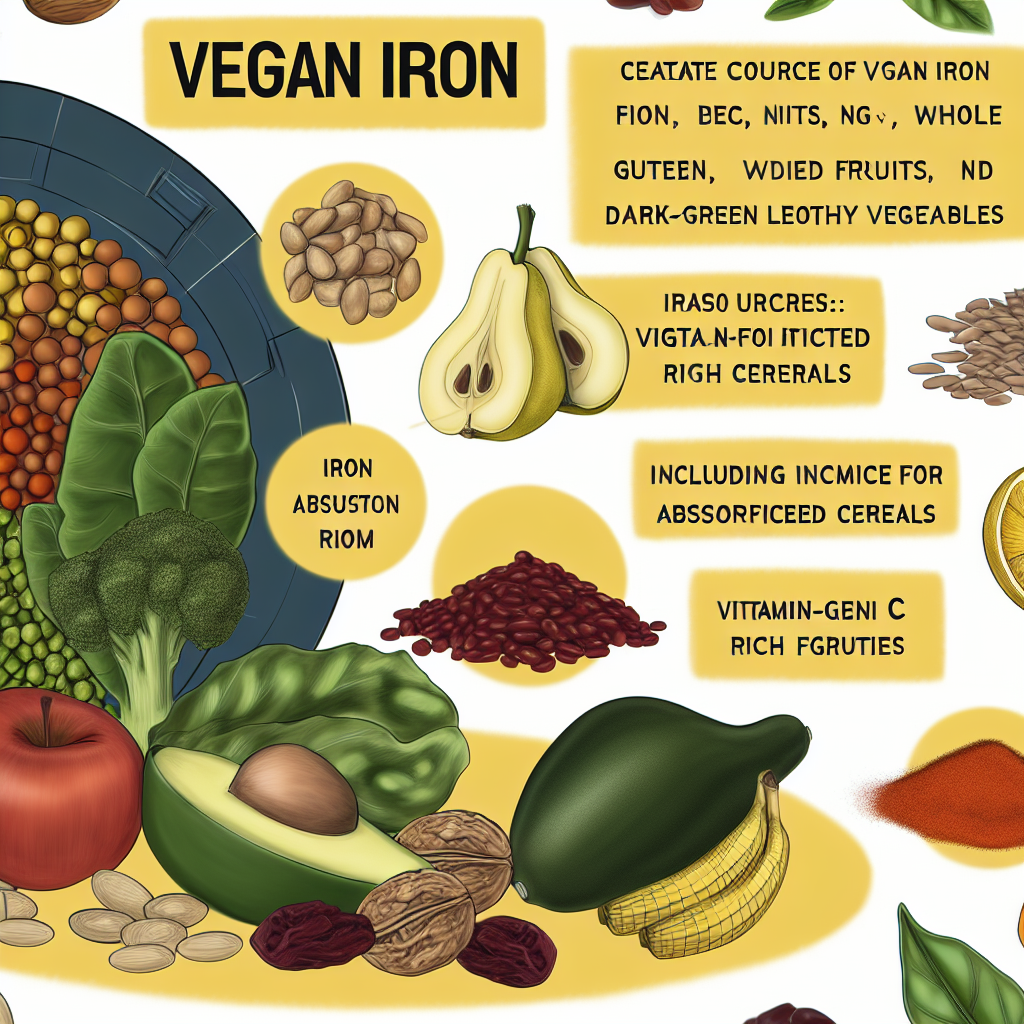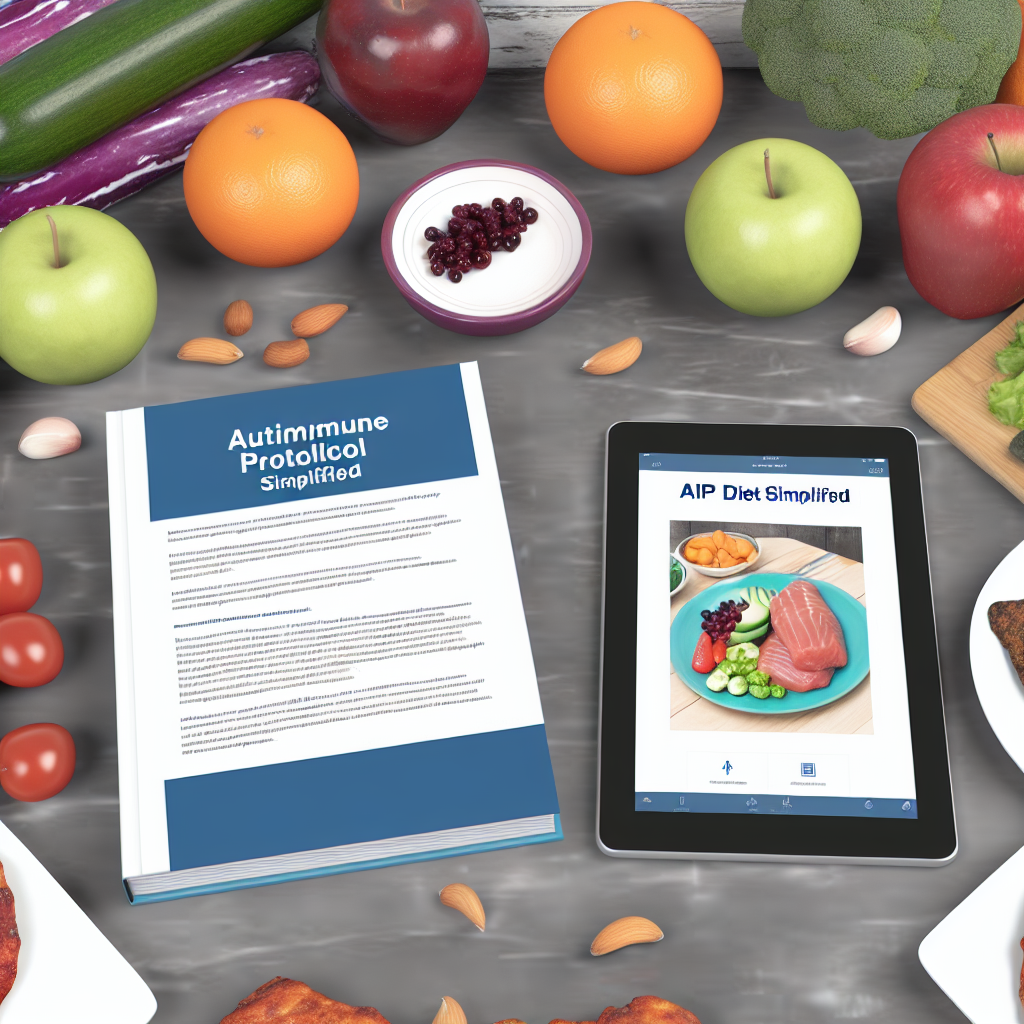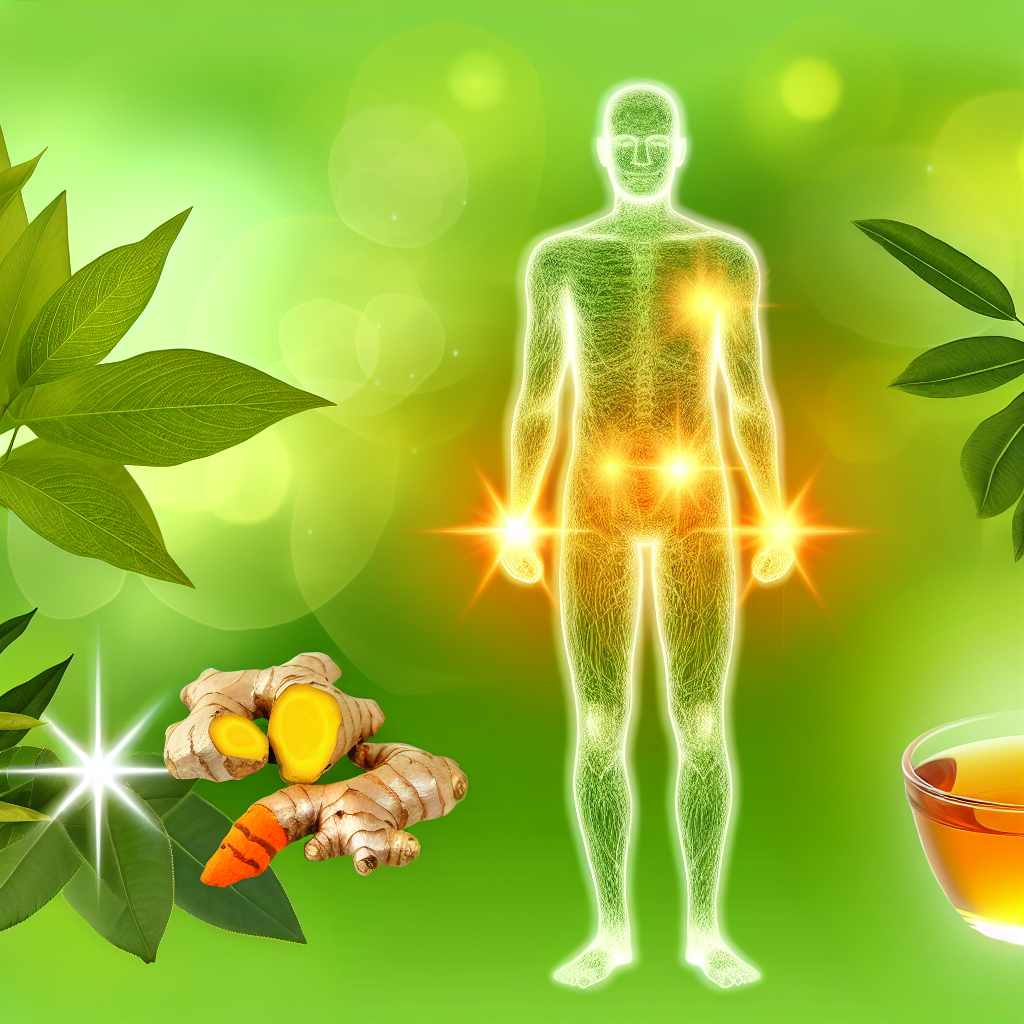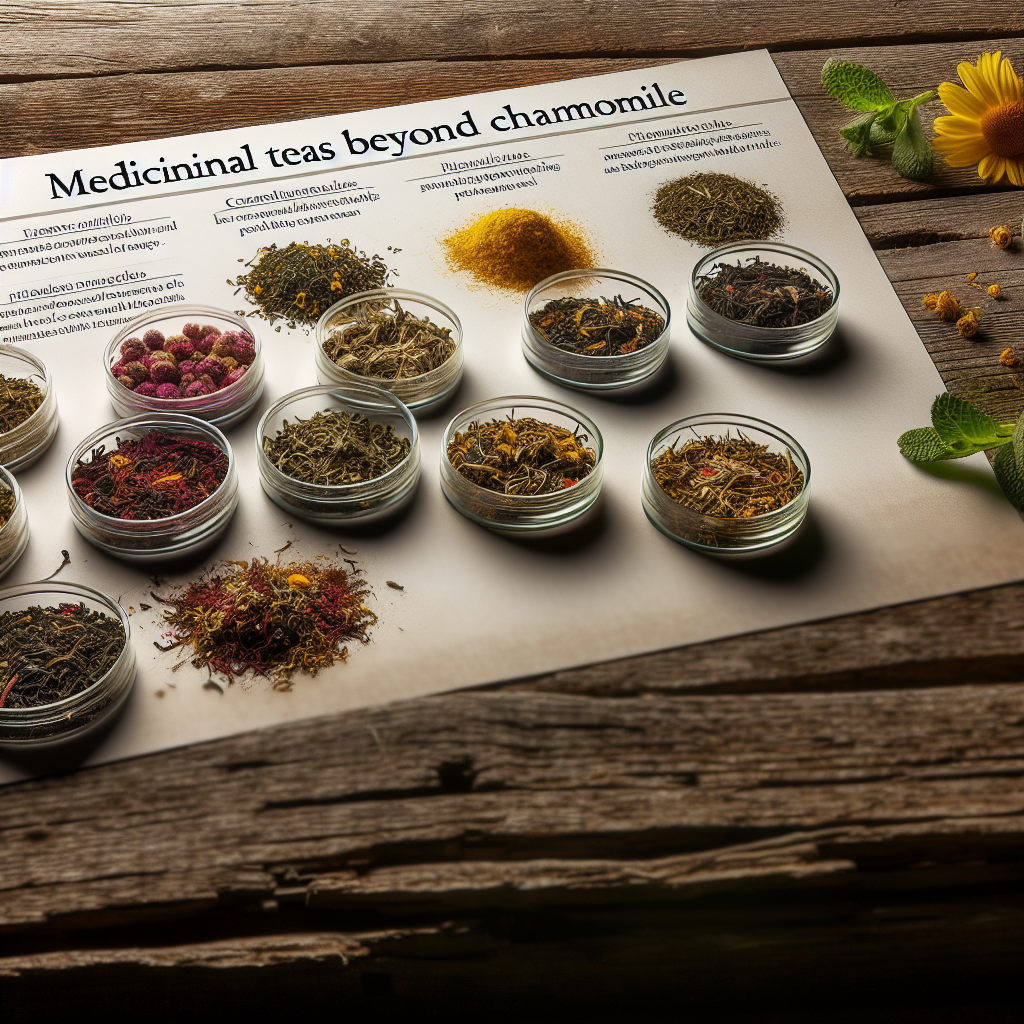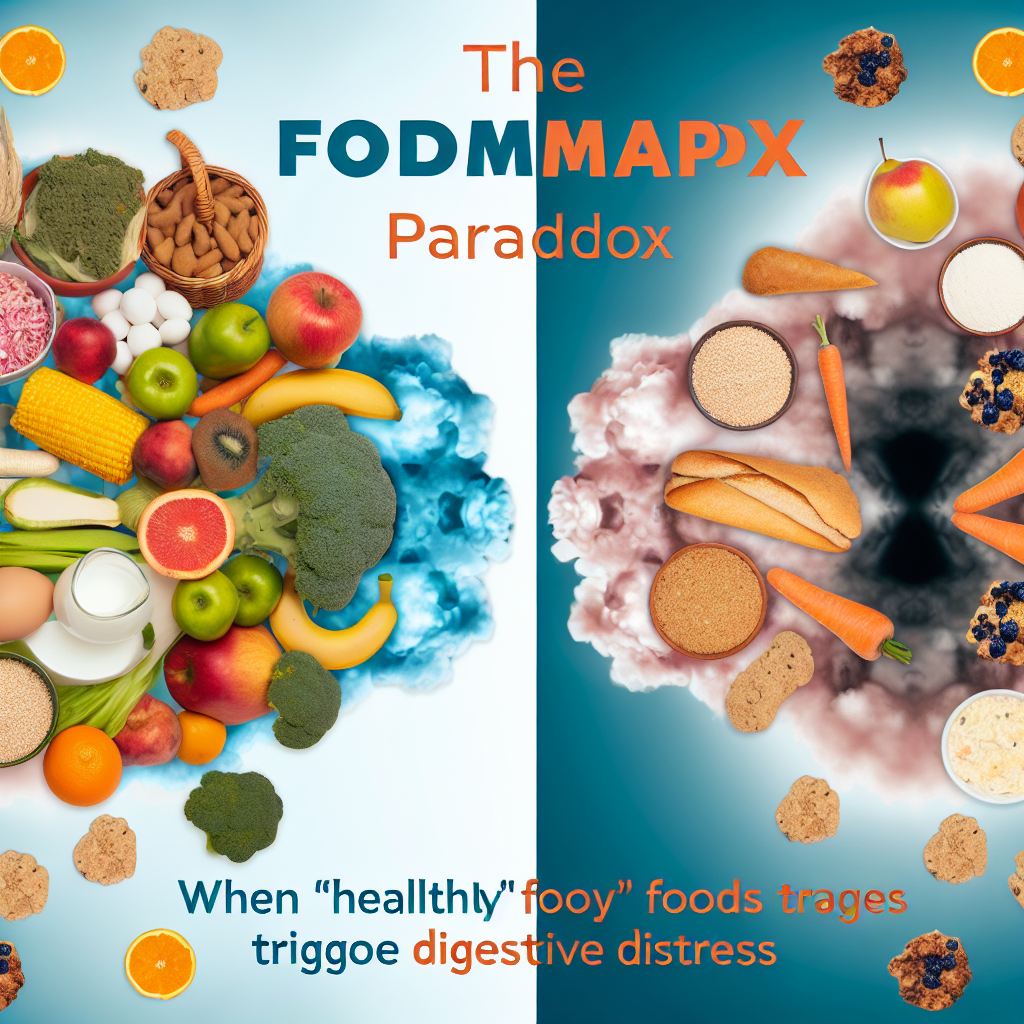Vegan Iron Sources – Absorption Optimization Guide
Introduction
As the popularity of plant-based diets continues to rise, more individuals are embracing vegan lifestyles for health, ethical, or environmental reasons. While a well-planned vegan diet can provide all essential nutrients, iron deficiency is a common concern. Iron is critical for oxygen transport, energy metabolism, and immune function.
Vegans must pay close attention to their iron intake because they rely solely on non-heme iron, the form of iron found in plant foods. Unlike heme iron from animal products, non-heme iron is less bioavailable. Even more challenging, certain compounds in plant foods can reduce iron absorption. However, others, such as vitamin C-rich foods, can significantly boost it.
This guide explores practical, science-backed methods to maximize iron absorption from vegan iron sources. We dive into natural food preparations, optimal pairings, and holistic methods to help vegans maintain healthy iron levels without synthetic iron supplements.
Unlike simple food lists, we present absorbability enhancements—such as combining iron-rich foods with vitamin C or avoiding tannins and phytates during iron-heavy meals. With references to both scientific literature and natural health practices, this guide provides holistic solutions for optimum nutrient intake.
Whether you’re new to veganism or looking to improve your current intake, adopt these strategies to confidently sustain iron levels on a vegan diet—naturally and effectively.
Scientific and Professional Studies Supporting Vegan Iron Optimization
Scientific evidence supports the idea that while plant-based iron is absorbed less efficiently, intelligent dietary strategies can close that gap.
A pivotal study in the American Journal of Clinical Nutrition (2000) found that adding vitamin C-rich foods (e.g., bell peppers, oranges, strawberries) to meals can boost non-heme iron absorption by 4 to 6 times. Vitamin C acts by reducing ferric iron (Fe³⁺) to its more soluble ferrous form (Fe²⁺), making it easier for the intestines to absorb iron.
Other factors that affect absorption are plant compounds known as antinutrients. Compounds like phytates, polyphenols, and excessive calcium can bind to iron and hinder uptake. A 2014 study in Nutrients Journal confirmed that traditional cooking methods—such as soaking, sprouting, and fermenting legumes and grains—are effective in reducing these inhibitors and enhancing iron absorption naturally.
One of the largest nutrition studies, the EPIC-Oxford study (PLOS ONE, 2011), analyzed iron status across different dietary groups. It revealed that although vegans consumed less dietary iron overall, well-balanced vegan diets still resulted in normal iron stores (ferritin levels) when appropriately managed.
Holistic and herbal remedies are also gaining attention. Herbs like nettle, dandelion root, and moringa contain trace iron amounts along with bioactive compounds thought to support iron uptake through improved digestion, detoxification, and nutrient synergism. Although more clinical studies are needed, their historical use in natural medicine and positive anecdotal results support their inclusion in iron-conscious diets.
These studies collectively reinforce that vegans can meet their iron requirements through wise food pairings, traditional preparation techniques, and nature-based enhancements.
Top Vegan Iron Sources and Absorption Tips
1. Spinach and Leafy Greens
Leafy greens like spinach, kale, and Swiss chard are high in iron but contain oxalates, which bind minerals like calcium and iron, lowering absorption. Cooking these greens helps break down oxalates, and adding a squeeze of lemon juice enhances absorption through vitamin C. For a bioavailable green meal, pair cooked kale with roasted bell peppers or vitamin C-rich tomato sauce.
2. Lentils and Legumes
Lentils, chickpeas, and black beans offer robust iron content, with about 3.3 mg per cooked half-cup of lentils. These legumes naturally contain phytates, so soaking or sprouting reduces antinutrient content. Serve with tomatoes or citrus fruits to further boost iron uptake.
3. Pumpkin Seeds and Sunflower Seeds
These seeds offer up to 4.2 mg of iron per ounce and can be eaten as snacks or sprinkled on meals. Pair with dried fruits rich in vitamin C like apricots or goji berries for a papery and powerful iron-enhancing combo. Roasting the seeds lightly can also reduce antinutrient content while improving flavor.
4. Quinoa and Whole Grains
Quinoa provides about 2.8 mg iron per cooked cup and is a complete protein source. Enhance absorption by fermenting the grains using natural processes (like sourdough starter for bread) or using sprouted grain products. Always rinse grains thoroughly before cooking to remove saponins and excess phytates.
5. Tofu and Tempeh
Tempeh, a fermented soy product, provides up to 3 mg of iron per serving and benefits from fermentation’s reduction of phytates. Pair these with stir-fried bell peppers or broccoli for a meal optimized for iron absorption. Tofu is another great option when prepared with acidic ingredients like ginger or citrus.
6. Moringa Powder
A staple in Ayurvedic medicine, moringa contains iron and micronutrients like calcium and magnesium. Add one teaspoon to fruit smoothies, where vitamin C from the fruits aids in iron absorption. The powder also contains chlorophyll, which is thought in natural medicine to support red blood cell production.
7. Blackstrap Molasses
This thick, dark syrup provides about 3.5 mg iron per tablespoon along with magnesium, potassium, and calcium. Stir it into warm tea along with lemon or add to smoothies with strawberries for a sweet and potent iron booster. Traditionally used as a natural remedy for anemia, it’s still relevant for modern plant-based diets.
Conclusion
Maintaining sufficient iron levels on a vegan diet is not only possible—it can be achieved naturally through strategic food choices, preparation, and holistic practices. Key techniques include pairing high-iron foods with vitamin C sources, minimizing iron blockers (like tea, coffee, and calcium) around mealtimes, and incorporating traditional prep methods.
Natural remedies such as herbal teas and tonics made from moringa, nettle, and dandelion root further support iron absorption and overall health. By emphasizing both science-backed and time-honored traditions, this approach offers a sustainable method for preventing iron deficiency without relying on synthetic supplements.
Through informed planning and nutrient-dense pairing, plant-based eaters can thrive nutritionally—proving that food truly is medicine.
References
– American Journal of Clinical Nutrition (2000) – “Enhancement of nonheme iron absorption by ascorbic acid”
– Nutrients Journal (2014) – “Effects of food processing on iron bioavailability from plant foods”
– PLOS ONE (2011) – “Iron status of vegetarians and vegans in the UK: Results from the EPIC-Oxford study”
– National Institutes of Health – Iron Fact Sheet for Health Professionals
Concise Summary
This guide explores how vegans can sustainably maintain optimal iron levels through natural strategies. Because plant-based diets exclude heme iron, it’s essential to focus on maximizing the absorption of non-heme iron with techniques like pairing foods with vitamin C, using traditional preparation methods (soaking, sprouting, fermenting), and including supportive herbs like moringa and nettle. Backed by scientific studies, these techniques enhance bioavailability and prevent deficiency without needing supplements. Highlighting top iron-rich foods like leafy greens, lentils, seeds, and molasses, this holistic approach empowers vegans to meet iron needs naturally and thrive nutritionally.

Dominic E. is a passionate filmmaker navigating the exciting intersection of art and science. By day, he delves into the complexities of the human body as a full-time medical writer, meticulously translating intricate medical concepts into accessible and engaging narratives. By night, he explores the boundless realm of cinematic storytelling, crafting narratives that evoke emotion and challenge perspectives.
Film Student and Full-time Medical Writer for ContentVendor.com
